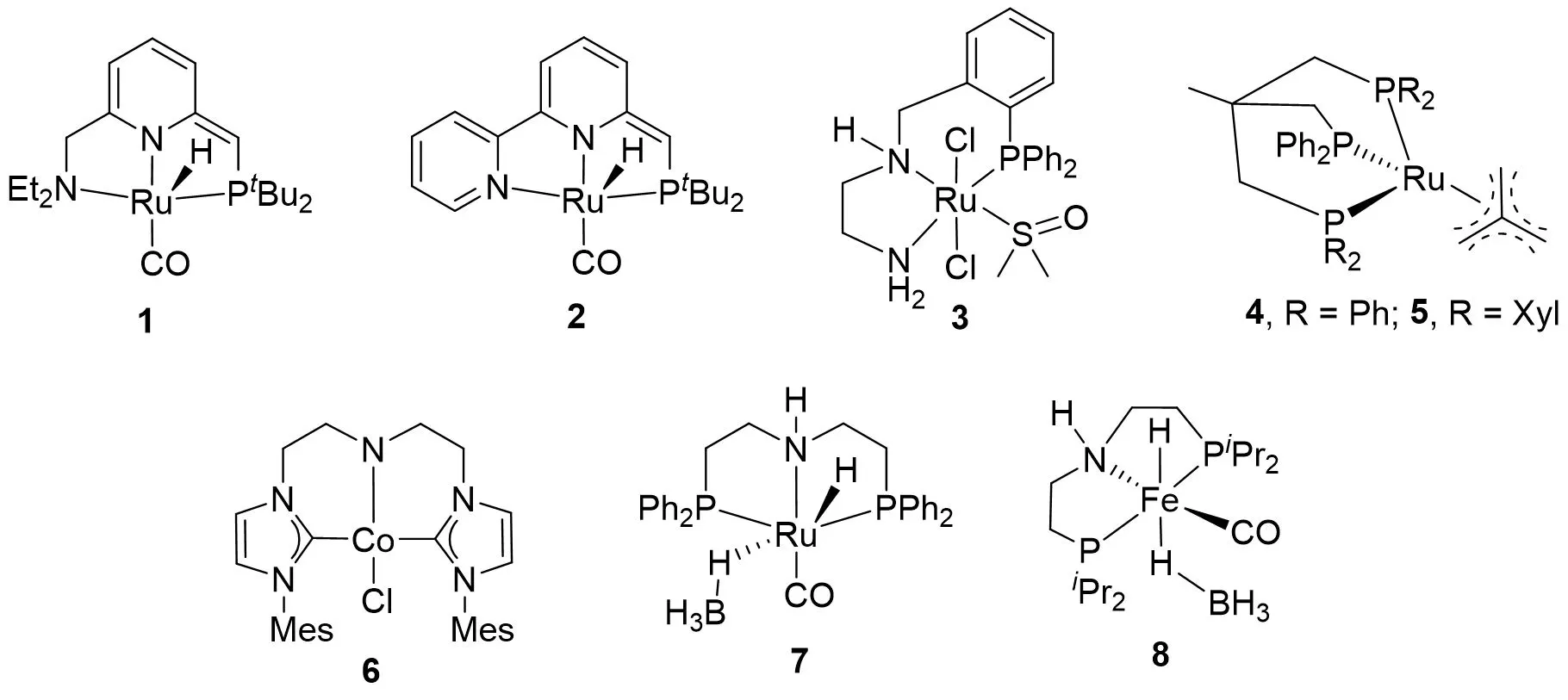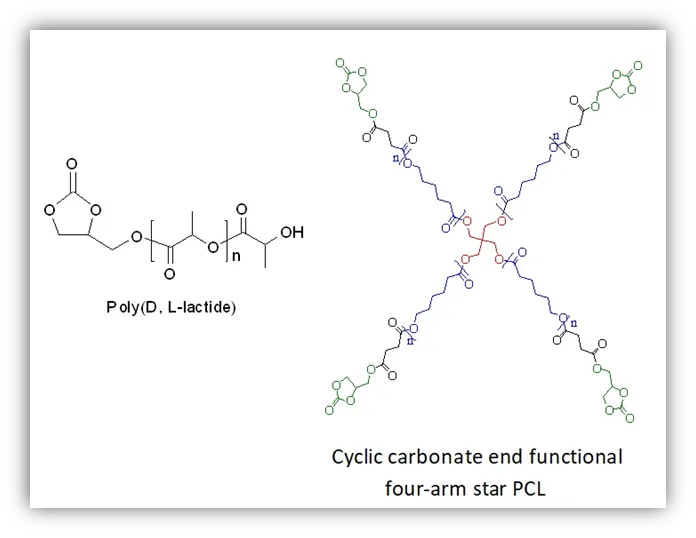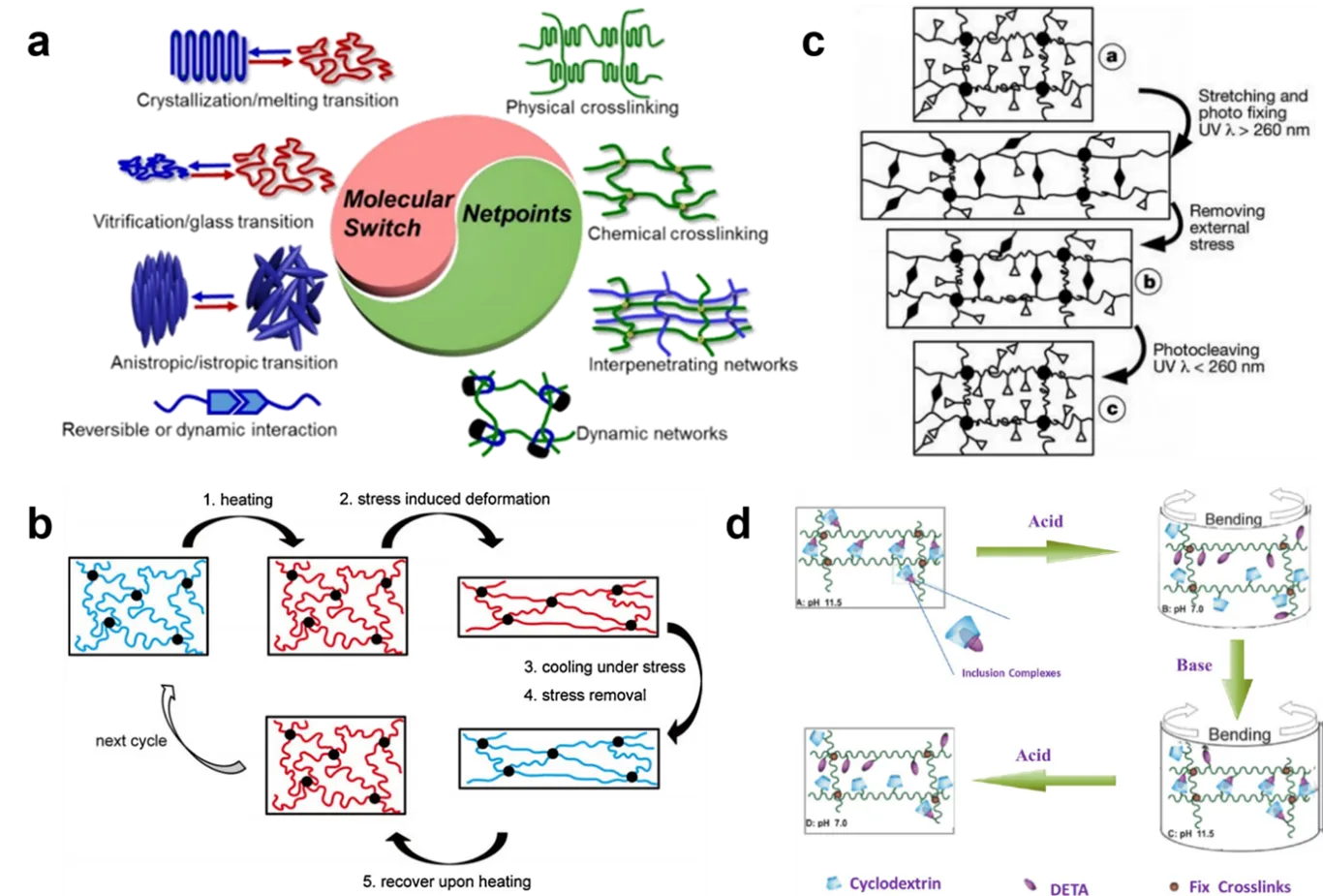Found 3 results
Open Access
Article
19 November 2025Hydrogenative Depolymerization of Polyesters Catalyzed by a PN3-Ruthenium Complex Using Both H2 and EtOH as Hydrogen Sources
Selective hydrogenative depolymerization of polyesters to diols is regarded as a promising strategy for plastics upcycling. However, many catalysts documented in literature still involve harsh reaction conditions, such as high temperature and high H2 pressure. In this work, we present a PN3-ruthenium complex catalyzed polyesters upcycling into various highly value-added diols under mild reaction conditions using H2 as a hydrogen source. It is worth noting that PLA depolymerizes into 1,2-propanediol under 1 MPa hydrogen pressure at ambient temperature within 2 h; the conditions are much milder than those of previous reports. Aromatic polyester PET degradation needs harsher reaction conditions (80 °C, 4 MPa, 3 h). The different reaction conditions enable direct separation of the degradation products of PLA and PET mixture via sequential depolymerization, as well as mixing them with polyolefins (PE, PP, PS). More strikingly, this catalyst is also effective for the catalytic hydrogenation of polyesters in the presence of ethanol to afford various diols, avoiding the use of harsh reaction conditions and an expensive autoclave.

Open Access
Article
08 September 2023Synthesis and Characterization of Cyclic Carbonate End-Functional Linear and Star Polyesters via Ring-Opening Polymerization
Well-defined α-(cyclic carbonate), ω-hydroxyl heterotelechelic poly (D,L-lactide)s (PDLLAs) were prepared with good end-group fidelity by ring-opening polymerization (ROP) of D,L-lactide catalyzed by organo catalyst namely, N,N′ dimethyl amino pyridine (DMAP) in conjunction with a renewable, functional bio-based initiator namely glycerol 1,2-carbonate (GC) in bulk at 135 °C with 82% yield. In the case of GC/DMAP catalyzed polymerizations, the HO-PDLLA-COOH series was not observed in MALDI TOF mass analysis unlike as obtained due to transesterification reactions when catalyzed by GC/Sn(Oct)2. Also, cyclic carbonate end-functional 4-arm star poly(ε-caprolactone) (PCL) was prepared via coupling of GC with (PCL-COOH)4 at room temperature in the presence of N,N′-dicyclohexylcarbodiimide (DCC) and DMAP. Quantitative conversion of hydroxyl functionality in (PCL-OH)4 to carboxylic acid and then to cyclic carbonate functionality was achieved with 90% yield for low molecular weight 4-arm star PCL confirmed by NMR, FT-IR, and MALDI TOF mass spectroscopy.

Open Access
Review
24 July 2023Creating Shape Memory Polymers from Biobased Resources
Developing polymer materials from biomass is a promising pathway to address serious environmental and resource issues. To date, a series of biobased general polymer materials have been successfully industrialized. However, exploring highly valuable functional polymers and intelligent polymer materials from biomass, such as shape memory polymers (SMPs) and self-healing materials, is still a great challenge. The present review intends to bridge a sustainable pathway for the creation of SMPs from biobased resources. Thus, we first recall some backgrounds of the design principle of SMPs and highlight the biobased monomers or building blocks for SMPs, and then we focus on the main varieties of biobased SMPs to clarify their fabricating approaches, functionalizing strategies, new manufacturing methods and the application potential.
